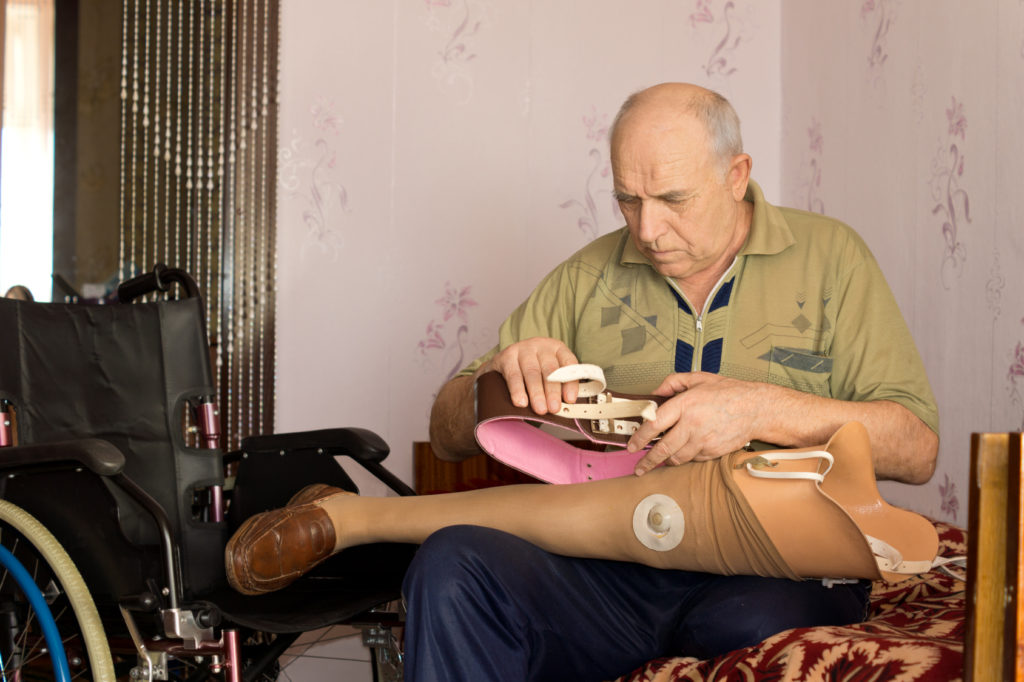Transtibial amputations are one of the most common types of leg amputations performed today. During surgery, the part of the leg below the knee is removed, severing the tibia or shinbone. Because of this, it is also known as BK, or “below the knee.” After your surgery, you can be fitted with prosthetics in Memphis, TN, which can allow you to walk and even regain normal movement.
 When Is a Transtibial Amputation Needed?
When Is a Transtibial Amputation Needed?
Transtibial amputations are necessary when the leg below the knee is severely damaged and interferes with your quality of life. In many cases, amputation is necessary to keep the problem from spreading to the rest of your body. Amputation is often used in the case of tumors, severe infections, or chronic pain. It may also be used to remove certain birth defects if they interfere with your ability to move and function normally.
How Successful Are Transtibial Amputations?
The healthier you are, the more likely your amputation will be successful. In general, however, patients who undergo a transtibial amputation are likely to regain normal movement in their leg. This is because the knee is left intact, so it is easier to readapt to walking on your new prosthetic leg. Before your surgery and during your recovery, try to keep your hips and knees as strong as possible to increase your likelihood of a full recovery.
Some medical conditions can complicate the amputation, so be sure to discuss these with your doctor before your surgery. Some factors that can complicate your surgery or recovery include:
- Chronic illness
- Poor blood flow
- Smoking
- A history of knee pain
- Severe damage to the tissue in the leg
- Tumors or infection that spread up above the knee
- Other medical conditions that cause difficulty walking
What to Know about the Recovery Process
Most patients are able to return home the day following a transtibial amputation. It takes several weeks for the incision to heal, and 1-2 months for the area to heal enough for the fitting of temporary prosthetics in Memphis, TN. While you are healing, your leg will need to be wrapped securely to control swelling in the area. You will have to keep the area as clean as possible to avoid infection.
The healing process may take up to a year to complete, and you will gradually experience a reduction in pain and swelling. During this time, you can gradually begin resuming your regular activities with the permission of your doctor. After your leg has healed sufficiently, you will be fitted with your permanent transtibial prosthesis. Most patients are able to walk normally and may even be able to handle more strenuous activities like jogging after their recovery.


